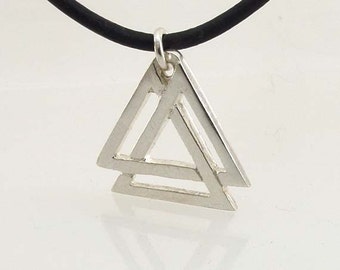

That’s why it’s given its modern name – “knot of those fallen in battle.” The most popular and widely accepted as the most likely interpretation of the symbol is that it’s related to a cult of the dead. Other good examples are the Nene River Ring, the wooden bed in a Viking Age Oseberg ship buried near Tønsberg, Norway, and some Anglo-Saxon gold finger rings dated to around the 8 th or 9 th century AD.įrom most of these artifacts have emerged two main theories about the Valknut’s original meaning: Odin’s Mental Binds Two of the more famous ancient artifacts where original Valknuts can be seen include the Stora Hammars I stone and the Tängelgårda stone. Its meaning also isn’t 100% clear although archeologists and historians have managed to piece quite a lot together based on the context surrounding the different uses of the symbol. The Valknut is seen on many artifacts from ancient Germanic and Scandinavian cultures but its original name remains unknown as it was never written next to the symbol. These aren’t Valknuts but are simply designed in a similar manner. There’s also the English Saint John’s Arms symbol. Other similar designs include the Trefoil knot, the Triquetra, and the Borromean rings. With the unicursal design, however, there are no inner angles as the line keeps going from one triangle to the next. The difference is that in the tricursal design there are also three more angles in the center of the symbol, either hidden behind the interlocked sides of the triangles or showing behind them. There are six sharp 60 o angles, two pointing upward, two pointing downward to the left, and two – downward to the right. In either case, the variations of the Valknut look very similar. The other common appearance is a unicursal shape where all three triangles are actually comprised of the same line. Very often, the triangles create a tricursal form meaning that each of the triangles is depicted as its own separate shape with them simply interlocking with each other. The Valknut has several fringe variations but its two most prominent designs are both comprised of three interlocking triangles.


 0 kommentar(er)
0 kommentar(er)
